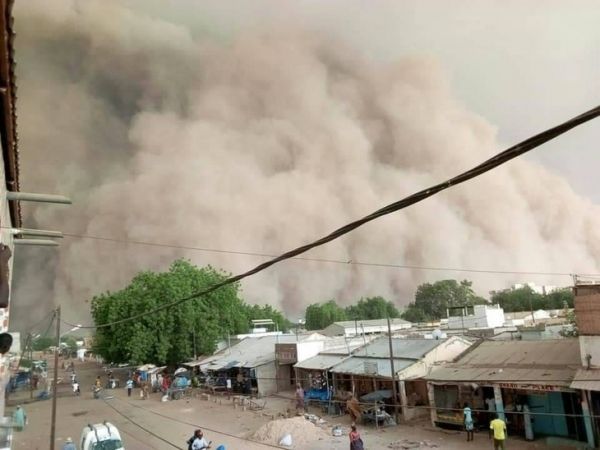Comparing dust simulations and health data for Senegal, an international team of researchers found dust to be responsible for poor air quality, which is followed by a rise in poor health outcomes.
The team, led by Gregory Jenkins professor in meteorology and atmospheric science, tracked dust concentrations during 2015-16 across Senegal, with particular focus on the heavily populated capital of Dakar.
They used weather simulations and instruments to find unhealthy levels of dust from December through March. In other areas of Senegal, unhealthy air was observed for more than 90 percent of the time. The findings were reported in GeoHealth.
According to U.S. Environmental Protection Agency standards, dust particles of less than 10 and 2.5 microns are monitored and are considered unacceptable at 150 micrograms per cubic meter and 35 micrograms per cubic meter, respectively. Levels above those occurring more than once over three years is unacceptable. A human hair is about 50 microns in diameter.
Air pollution is a cause of respiratory disease in West Africa, according to the World Health Organization.
Continue reading at Pennsylvania State University
Image via Pennsylvania State University


